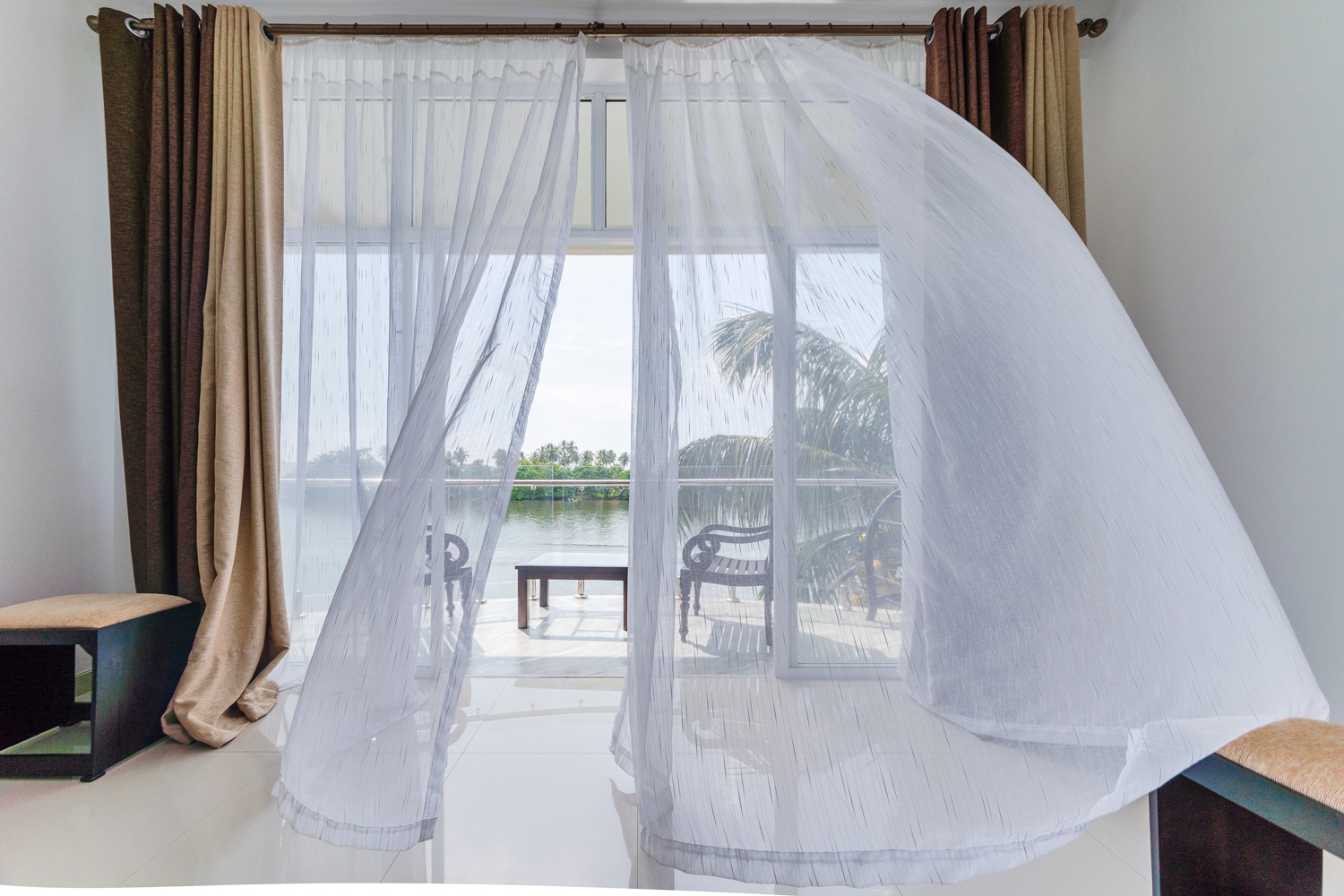Your perfectly designed room isn’t complete without curtains. But you might be struggling in selecting which side of the curtains should face outside and which one inside. Don’t fret! We have done the research to find out the correct answer for you.
Generally, curtain fabrics have one side that is well decorated and the underside which is considered the dull side. The nice side or the decorative side always faces inside while the plain underside faces the window or out to the street.
Your room deserves more than just a plain set of curtains. Let’s dive into the proper way of orienting them. Keep reading to learn the benefits of curtains, how to customize them, the use of curtain linings, and other curtain specifics.
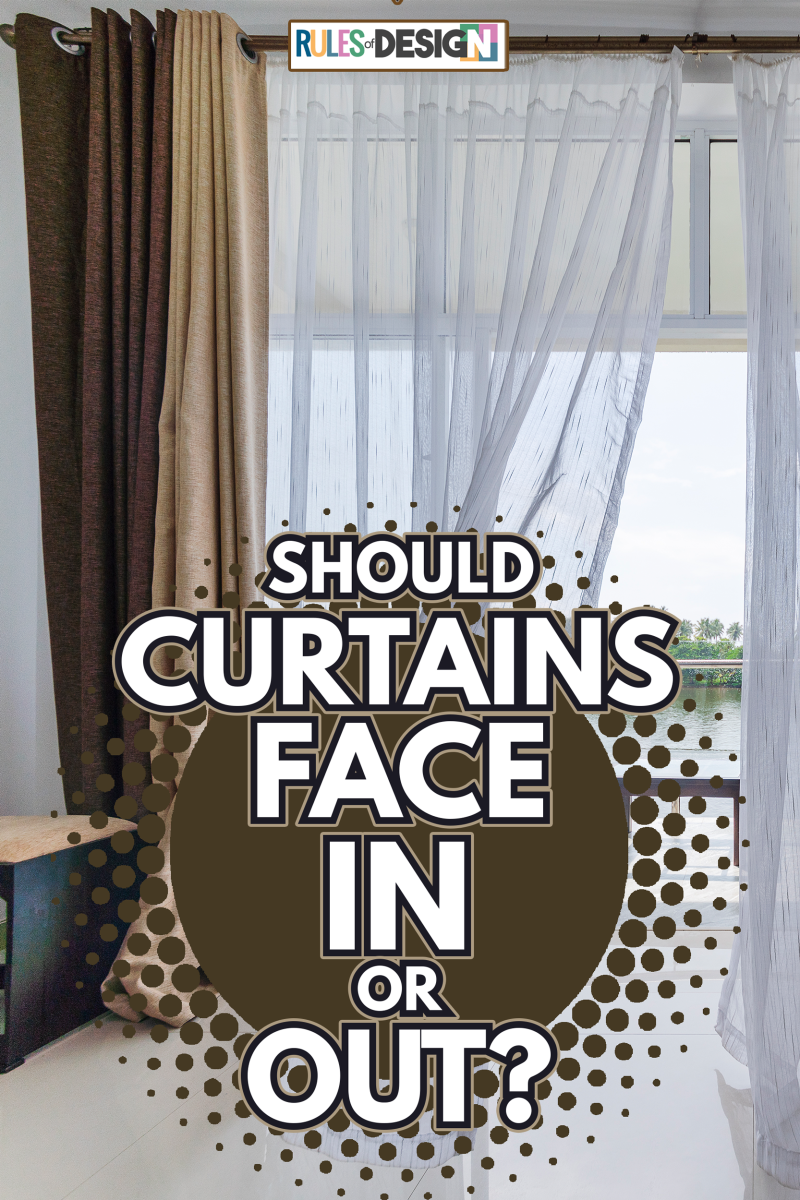
Curtains and their Benefits
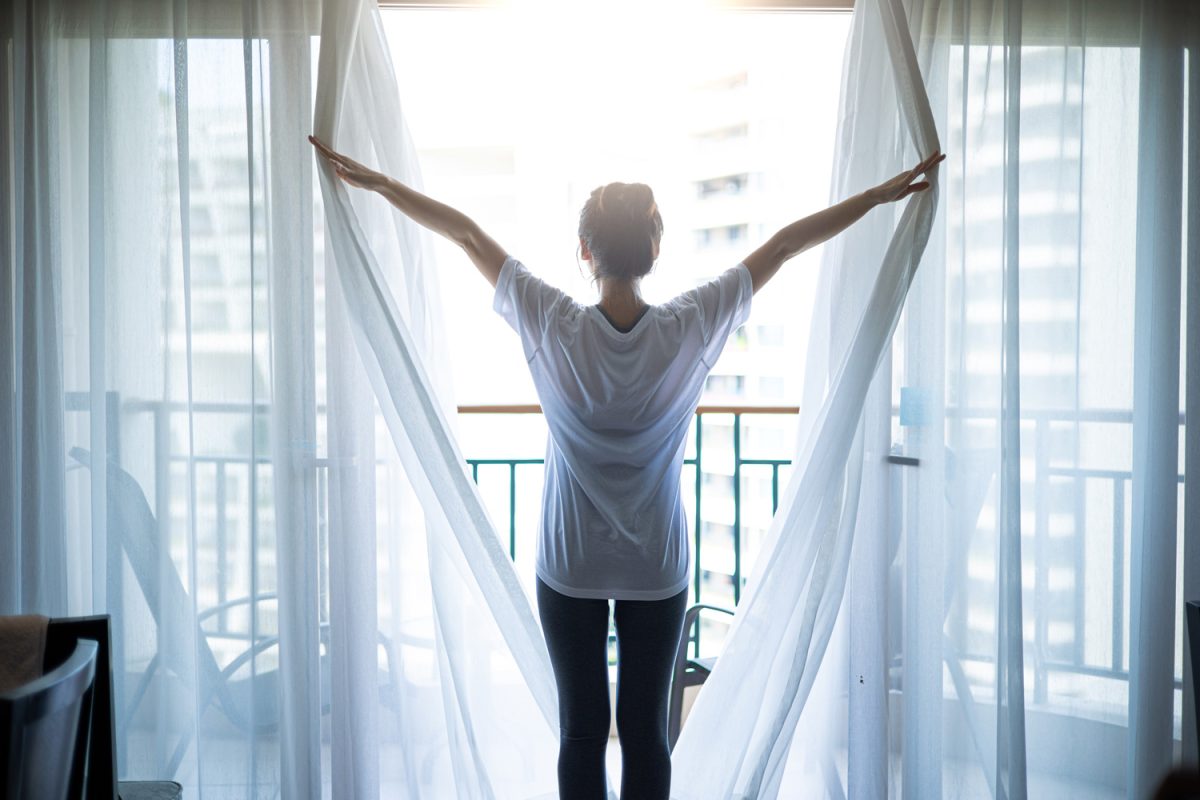
Curtains seem to look like final touch-ups to your space. But they actually play more important roles. Aside from the design and decorative elements, they also provide many practical benefits. With appropriate specifications and correct mounting, a curtain set has these useful functions:
- Enhances an indoor feeling.
- Adds privacy for you and your space.
- Can dictate the ambiance of the room, whether casual or formal.
- Controls the glare of natural light coming through the windows.
- Frames your view of the outside.
- Provides insulation from extreme changes in weather temperature.
- Protects your interior decor from the harmful UV rays.
- Can complement the style of the room with their color and texture.
- Offers a sense of completeness in your home’s interior decorating.
What is the Correct Way to Put Curtains?
There have been arguments about which side of the curtain should face inside and which face outside.
Some groups assert their view that curtains should face outside to let people appreciate the decorative side of the curtains. But other than aesthetic reasons, the side facing outside is exposed to weather elements such as the sun’s UV rays that cause the fabric to fade which hastens the fabric fibers to loosen its tightness and thickness over time.
Due to exposure to the outside elements, the curtain fabric that faces the window tends to discolor and lose its luster. From this perspective, it is purely the aesthetic element that appeals to viewing the curtains from the outside. Also, it could be that other people, or passersby, can’t justify having a closer and pleasant view of the curtains to your favor.
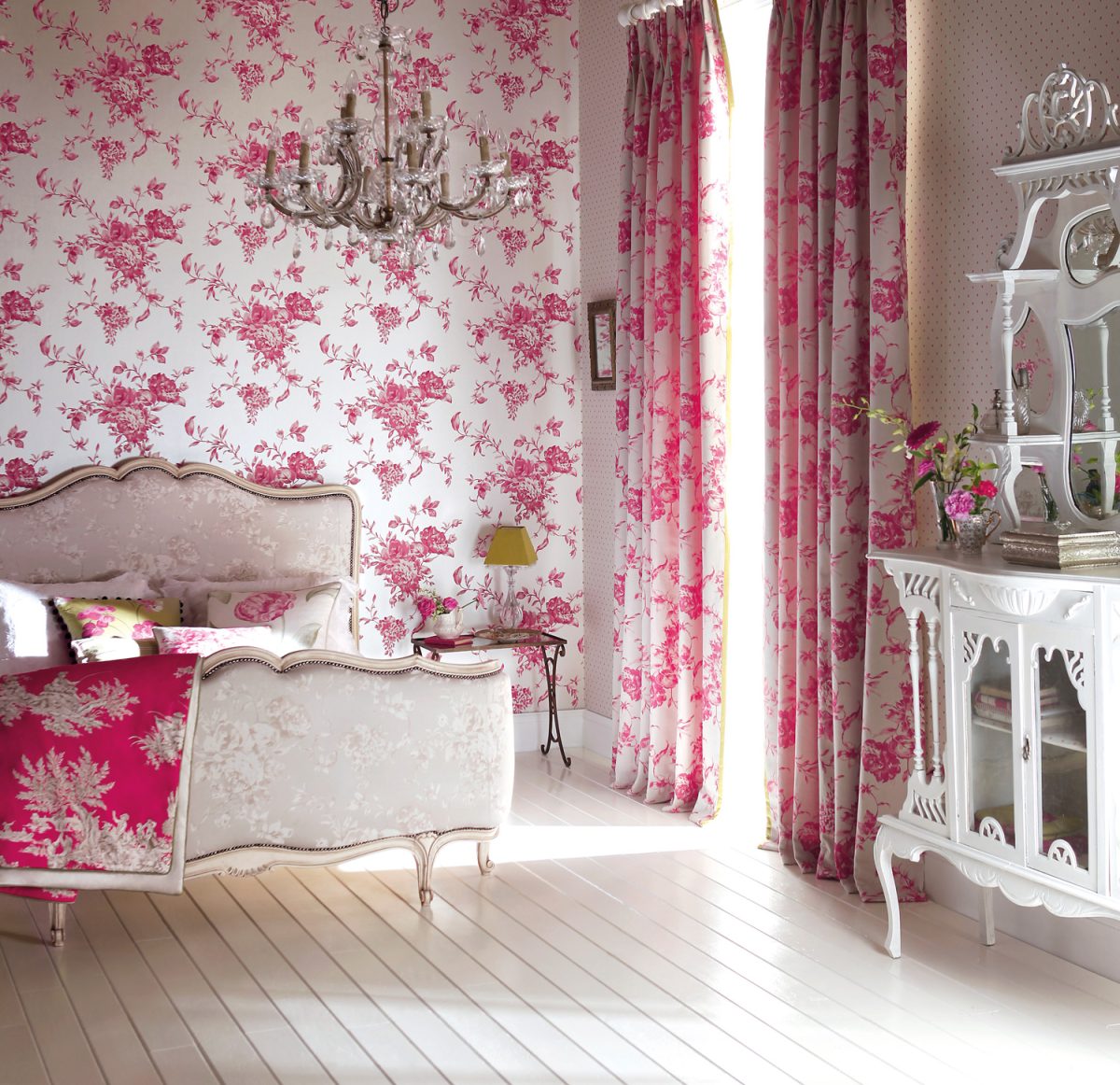
On the contrary, those who choose to have their curtains face inside give the following rationale:
- You can have a closer view of the curtains from the inside where you get a better appreciation of their decorative elements compared to looking from a distance.
- The decorative side is the surface that is viewed more often, so why not give it an appealing look from the inside?
- You spend more time at home, and also entertaining guests, so it is a nice feeling to see decorative curtains around.
- The occupants of the room are the one who should benefit, both on aesthetic and function, more from having the curtains installed.
- After all, curtains are part of the interior decor of the home rather than the exterior.
Therefore, in industry practice for home decorating, curtains are hung facing inside rather than outside. For many favorable and practical reasons, curtains facing inside provide more benefits than the ones with the opposite orientation.
Since both sides of the curtain fabric are highly visible, it is worth noting, though, that the curtain’s orientation will not affect its performance. They will still serve the same function whichever side faces in or out. Usually, the woven or the rough side faces the window which is more exposed to the sun and wind, thus lengthening the lifespan of the curtains.
Check out these decorative curtains on Amazon.
How to Determine the Curtain’s Right Side
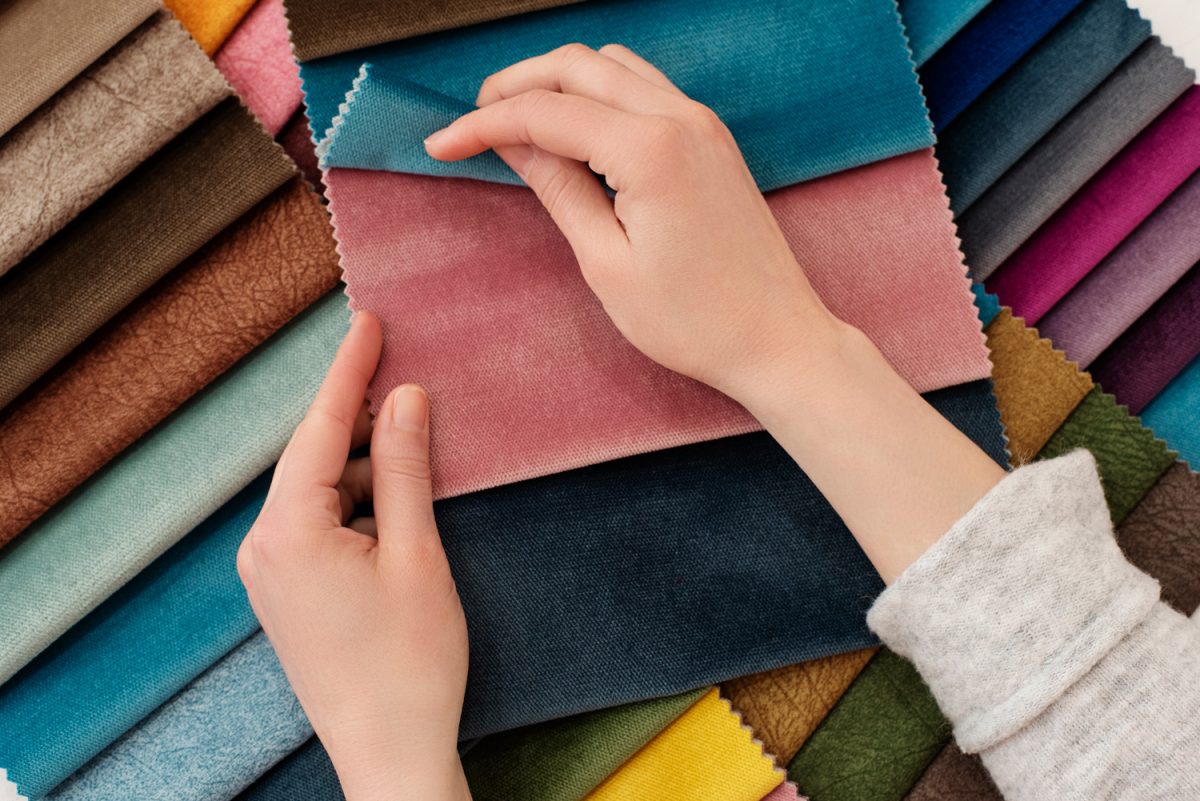
The correct, or the right side, is the decorative side, hence, it should face inside.
Generally, for printed curtain fabrics, the correct side could be easily determined. The fabric details are printed at the selvage edge on the right side. The selvage edge is the tightly woven side that runs lengthwise along with the fabric.
For shiny fabrics, the correct side is the shiny surface that should face inside. The shiny surface is a chemical finish or a result of fine fibers and satin weave. The drawback of these shiny fabric curtains is that the shiny element may fade over time and lose its luster after a few washing.
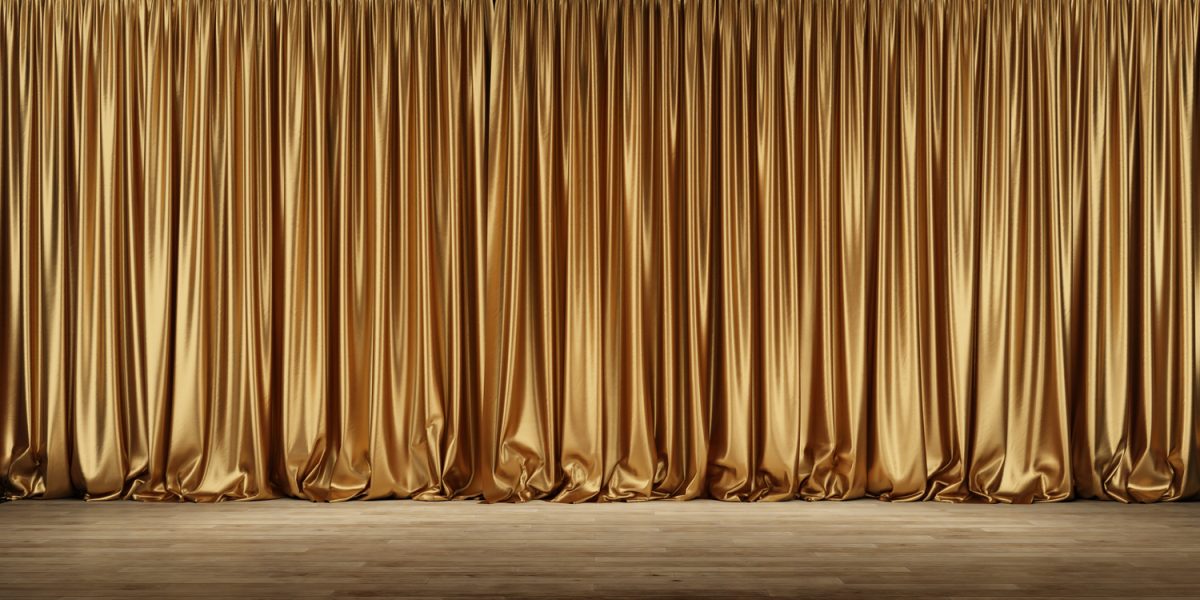
For fabrics with similar texture and appearance on both sides, determining the right side can’t be readily done. In these cases, you can choose either side to be used as the correct side, The most important is to use the chosen side consistently for all your curtains on this particular design type. This holds true for curtain linings.
Curtains that Face Out
However, the rule on curtain orientation doesn’t hold true for all fabrics. There are instances that may warrant special attention and exception to the rule.
Curtains at Doors and Passageways
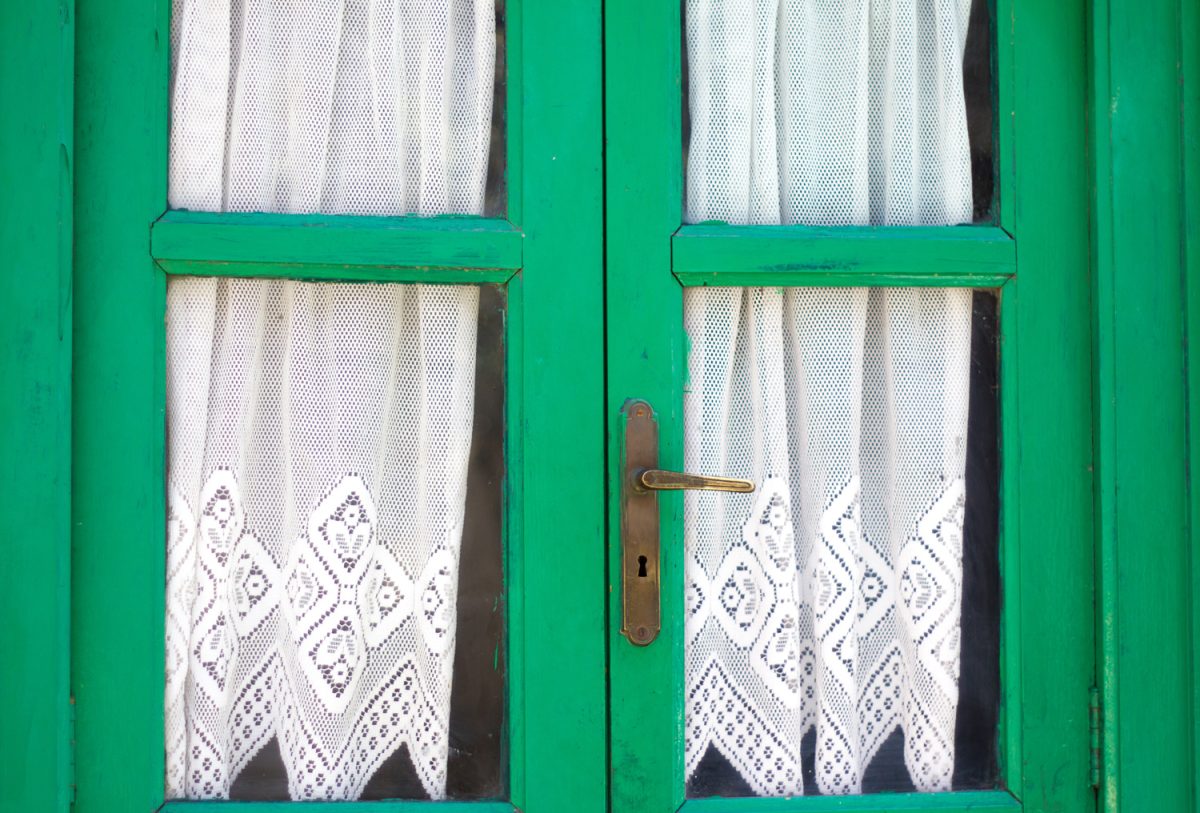
When curtains are hung at the entrance of doorways and entryways, it is recommended that the decorative side faces outside.
The rationale behind this is that the curtain serves as decor to the passageway. The decorative elements should be readily noticed when somebody approaches the passageway. Hence, it is much better to hang it facing the outside.
Curtain Linings
Curtain linings can be either sewn into the fabric curtain or unattached and sold separately. When unattached, it has a coated side and the fabric side which is considered as the right side.
More often, determining the correct or right side isn’t easy for curtain linings. There are no indicators at the selvage edge and both sides either look very similar or far different, which may create confusion.
Curtain linings are often made of sheer and lightweight fabric. They are made of gauze or semi-transparent materials which are perfect for filtering light while maintaining privacy.
Here are the guides for sheer curtains linings:
- Sheer curtains best serve as sunlight control when placed close to glass windows. When paired with heavier drapes, the latter are placed at the front from the inside of the room. Typically, the heavier fabric curtains are decorative and the main feature of the decor as seen in the photo below.
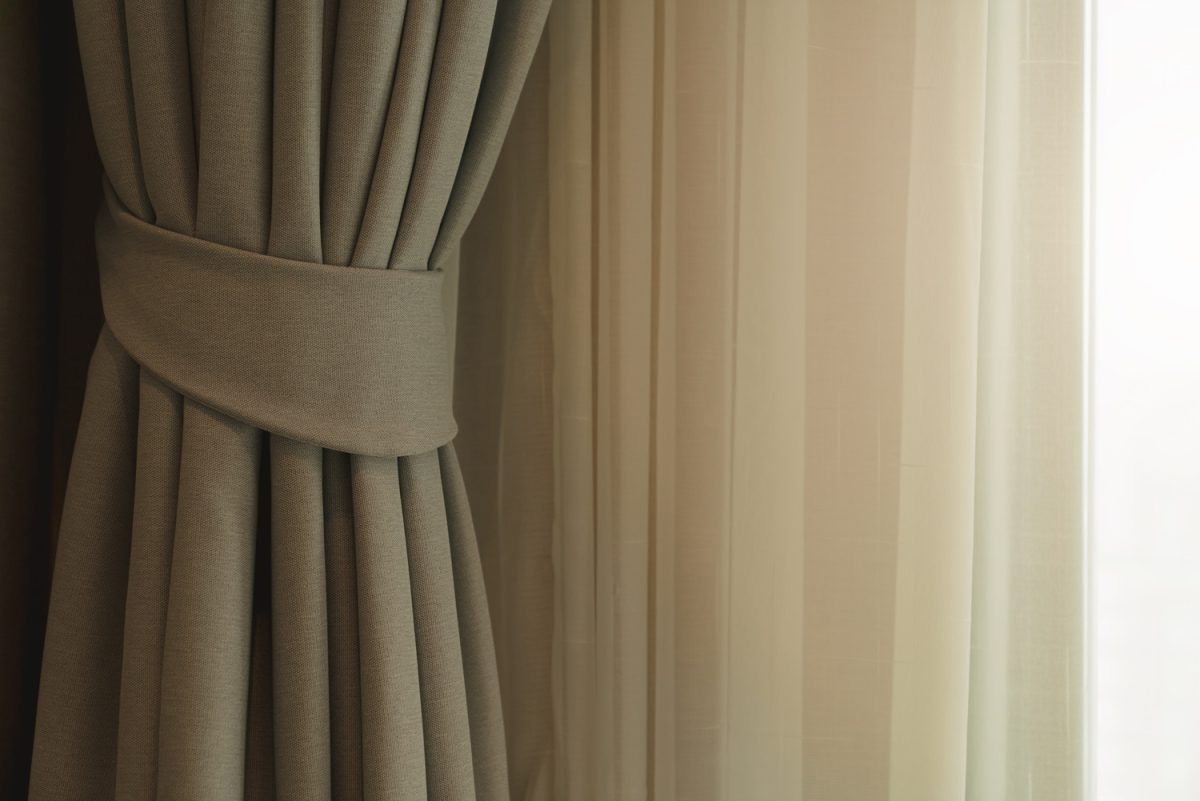
- The layering of sheer curtains or linings with drapes provides a dual purpose. The former filters natural light coming in while the drapes serve to darken your room. You can either pull back the drapes to let the light come in, yet maintain privacy, or spread it to dim or obscure the shade inside.
- For dim out or blackout curtain linings, one surface is smooth while the other side is rough. The rough side is woven which should face towards the window due to its durability against yellowing or sun damage. This fabric doesn’t fray, and so, it could be conveniently cut and sewn along the same stitch marks as the main fabric.
- For flannel-backed curtain linings, the flat side is the correct side while the other side has a silky finish. The silky side should be against the curtain fabric. Flannel fabrics are perfect for insulation protection.
Therefore, the correct layering of curtains with linings from inside the room should be as follows:
- Curtain fabric right side.
- Curtain fabric wrong side against the lining.
- Curtain lining wrong side.
- Curtain lining right side facing the window.
Check out these blackout curtains linings on Amazon.
Check out these thermal insulated curtains on Amazon.
The Takeaway
Curtains complete your interior home decor. They offer many practical benefits rather than just for aesthetics. It affords an indoor feeling, privacy, and a better view of the outside. It acts as glare control, added insulation, and can dictate the ambiance of your room.
The decorative side of curtain fabrics should face your living space while the underside faces towards the street. The decorative side is the surface we see often since we stay indoors. After all, we should enjoy the design and functional elements of the curtains at the comforts of our home. We should create an appealing view from the inside of our living spaces.
While the performance of the curtains isn’t affected whichever side they are oriented, the exceptions to the rule are curtains installed at doors and curtain linings. Both are hung facing outside.
If you love curtains for your home decor, then you would surely love to read these posts:
11 Kitchen Curtain Ideas for Double Windows

